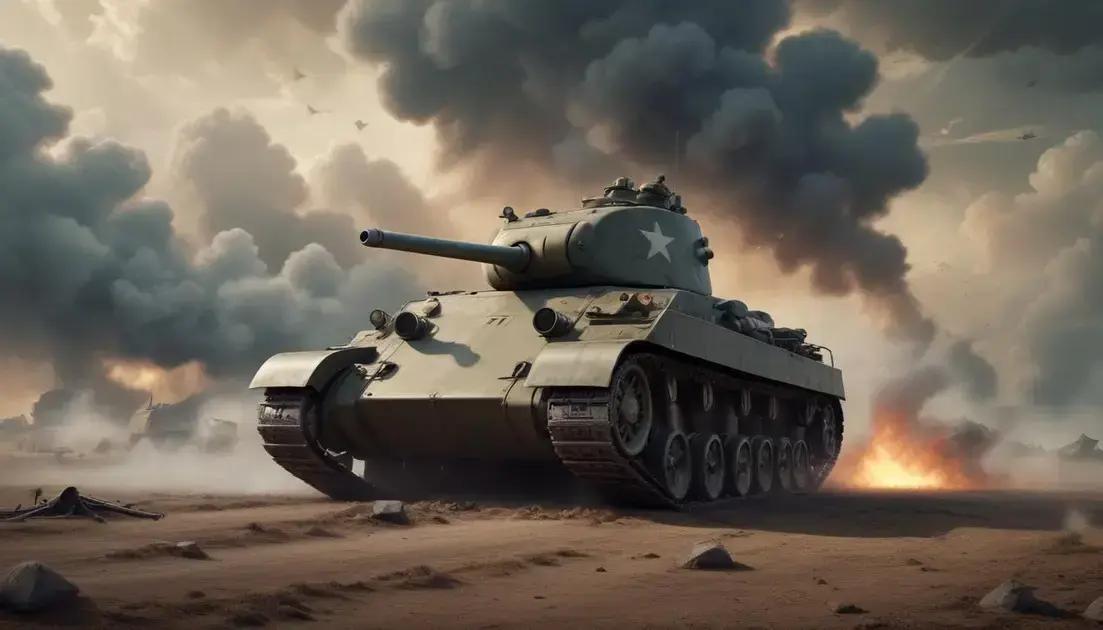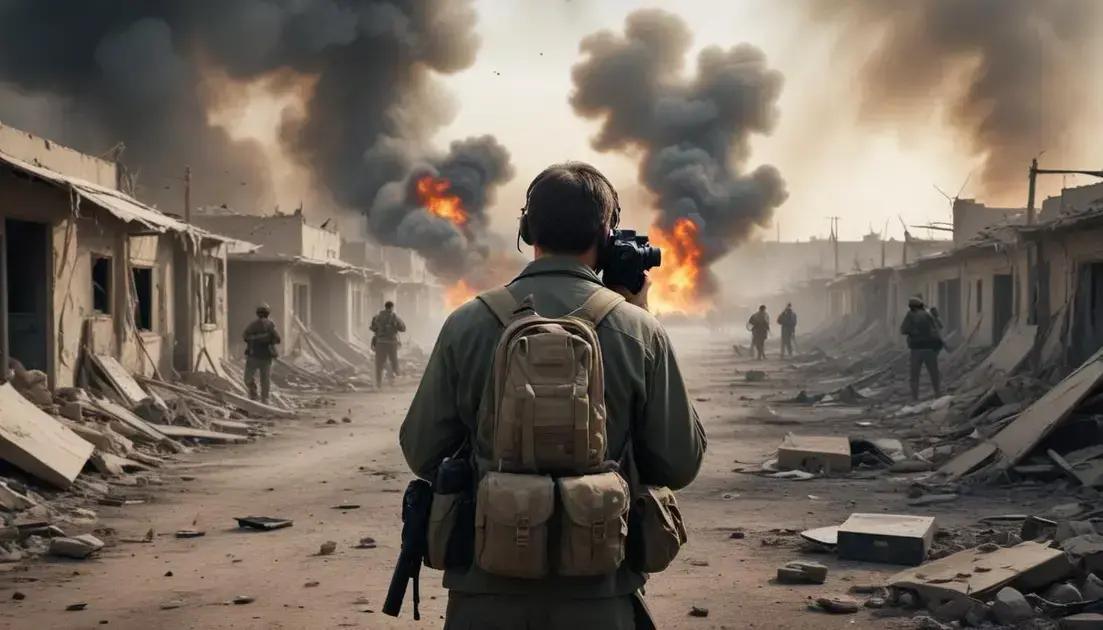
The Origins of the First World War and the Changing World Order
Introduction: The Great War and its Enduring Legacy
World War I, also known as the Great War, was a cataclysmic global conflict that raged from 1914 to 1918. More than just a war fought on battlefields, it was a seismic event that fundamentally reshaped the political landscape, economic structures, and social fabric of the world. This conflict, which claimed over 37 million lives – military and civilian alike – serves as a stark reminder of the devastating consequences of unchecked nationalism, aggressive militarism, and a complex web of international alliances. Understanding the origins of World War I is paramount to comprehending the subsequent global order and the lingering effects that continue to resonate in the 21st century. This in-depth analysis will delve into the intricate tapestry of factors that precipitated the war, explore the major events and battles that defined it, and examine the profound transformation of the global order in its wake.
The Entangled Web of Alliances: A Tinderbox of International Relations
Europe at the turn of the 20th century was a powder keg, primed for ignition by the volatile mix of competing national interests and a deeply entrenched system of military alliances. The intricate network of treaties and agreements, far from ensuring peace, created a dangerous domino effect where a conflict between two nations could rapidly escalate into a continental, and ultimately global, war.
The two primary alliances dominated the European stage: the Triple Entente, comprising France, Russia, and Great Britain; and the Triple Alliance, uniting Germany, Austria-Hungary, and Italy. These alliances were not merely defensive pacts; they were driven by a complex interplay of historical grievances, strategic ambitions, and the ever-present fear of one’s neighbors. France, still nursing the wounds of its defeat in the Franco-Prussian War, sought to reclaim lost territories and contain the growing power of Germany. Great Britain, the dominant naval power, was concerned about German naval expansion and its potential challenge to British maritime supremacy. Russia, an expansive empire with ambitions in the Balkans, sought to protect its Slavic brethren while vying for influence against Austria-Hungary. Germany, a rapidly industrializing nation, felt hemmed in by its more established neighbors and sought to assert its position as a major European power. Austria-Hungary, a multi-ethnic empire grappling with internal tensions and nationalist movements, felt threatened by Serbian nationalism and Russian support for the Slavic populations within its borders. Italy, initially a member of the Triple Alliance, later switched sides, driven by its own expansionist desires and opportunistic calculations.
This intricate network of alliances created a dangerous dynamic where a localized conflict could quickly spiral out of control. Declarations of war were not isolated events; they were triggered by a chain reaction of pre-existing obligations and strategic considerations. The system fostered an environment of mistrust and heightened tensions, transforming any spark into a wildfire.
The Rise of Nationalism: A Force for Both Unity and Division
Nationalism, a potent force throughout the 19th and early 20th centuries, played a pivotal role in igniting the flames of World War I. While it fostered a sense of unity and shared identity within individual nations, it simultaneously created deep divisions and rivalries between them. The fervent belief in national superiority and the pursuit of national interests often clashed, leading to heightened tensions and conflicts.
The Balkans, a region characterized by a complex mosaic of ethnicities and competing claims to territory, served as a particularly volatile flashpoint. Various ethnic groups, including Serbs, Croats, Bosniaks, and Albanians, sought independence from Ottoman and Austro-Hungarian rule, fueling nationalist aspirations and fueling proxy conflicts between the great powers who sought to influence the region. The assassination of Archduke Franz Ferdinand, heir to the Austro-Hungarian throne, by a Serbian nationalist, Gavrilo Princip, in Sarajevo on June 28, 1914, became the catalyst that set off this powder keg.
The assassination was not simply an isolated act of violence; it was a manifestation of the deep-seated nationalist tensions that permeated the region. The Austro-Hungarian Empire, seeking to assert its authority and quell Serbian nationalism, issued an ultimatum to Serbia. Serbia’s rejection of certain demands triggered Austria-Hungary’s declaration of war, unleashing the chain reaction that plunged Europe into war. Nationalist fervor played a critical role in mobilizing public opinion and galvanizing support for the war effort within each belligerent nation. The war became a crusade, not just for territorial gains, but for national honor and survival.
Imperialism: A Scramble for Resources and Global Dominance
Imperialism, the pursuit of colonial empires and global dominance, further contributed to the pre-war tensions. European powers, driven by a thirst for resources, markets, and strategic advantages, engaged in a relentless competition for colonies across Africa, Asia, and the Pacific. This competition fueled rivalries and exacerbated existing tensions between nations. Germany, a latecomer to the imperial game, felt increasingly frustrated by its limited colonial holdings and sought to expand its empire, directly challenging the established powers, particularly Great Britain. The naval arms race between Germany and Britain exemplified this competition, fueling anxieties and escalating the risk of conflict. The scramble for colonies not only created friction between European powers but also destabilized many regions of the world, sowing the seeds of future conflicts.
Militarism: The Glorification of War and the Arms Race
The pervasive culture of militarism in early 20th-century Europe also played a critical role in setting the stage for war. A widespread glorification of military power and the belief in the inevitability of conflict permeated societal attitudes. Large standing armies, advanced weaponry, and aggressive military planning became the norm, creating a climate of fear and suspicion. The arms race between European powers further contributed to this atmosphere, with nations constantly vying to outpace each other in military strength. The development of new military technologies, such as machine guns, poison gas, and tanks, transformed warfare, making it exponentially more brutal and devastating. The belief that a quick, decisive war would settle matters further fueled the complacency of leaders who underestimated the potential for a protracted and devastating conflict.
The Outbreak of War: A Cascade of Alliances and Declarations
The assassination of Archduke Franz Ferdinand served as the spark that ignited the powder keg. Austria-Hungary’s declaration of war on Serbia triggered a chain reaction, activating the complex web of alliances. Russia, bound by its alliance with Serbia, mobilized its troops, prompting Germany to declare war on Russia. Germany’s invasion of neutral Belgium to launch its offensive against France dragged Great Britain into the conflict, solidifying the alignment of the Central Powers (Germany, Austria-Hungary, and the Ottoman Empire) against the Allied Powers (France, Britain, Russia, and later the United States, Italy, and others). Within weeks, Europe was engulfed in a devastating war that would reshape the world.
The Major Theatres of War: A Global Conflict Unfolds
World War I was a truly global conflict, encompassing vast swathes of territory and involving a diverse range of combatants. The Western Front, a grueling trench warfare stalemate across France and Belgium, became the epitome of the war’s brutal nature. Millions perished in attritional battles like the Somme and Verdun, characterized by horrific casualties and minimal territorial gains. The Eastern Front saw fluid battles between Russia and the Central Powers, marked by vast distances and massive troop deployments. The Italian Front, characterized by mountainous terrain and protracted trench warfare, witnessed significant fighting between Italy and Austria-Hungary. Beyond Europe, colonial forces from across the globe were deployed, extending the conflict far beyond the European continent. The war at sea involved naval engagements, submarine warfare, and the critical role played by convoys protecting vital shipping lanes.
The Entry of the United States: A Turning Point in the War
The United States initially maintained neutrality but eventually entered the war in April 1917, following Germany’s resumption of unrestricted submarine warfare. German U-boats targeted Allied shipping, leading to the sinking of several American vessels and shifting public opinion in favor of intervention. The arrival of American troops, supplies, and financial resources proved crucial in bolstering the Allied war effort and eventually contributing to the Allied victory. American involvement marked a significant turning point in the war, injecting much needed manpower and resources into the Allied cause.
The Armistice and the Treaty of Versailles: Seeds of Future Conflict
The war concluded with the signing of the Armistice of Compiègne on November 11, 1918. The Treaty of Versailles, signed in 1919, imposed harsh penalties on Germany, including significant territorial losses, demilitarization, and crippling reparations. While intended to secure lasting peace, the treaty’s punitive measures contributed to resentment and instability in Germany, laying the groundwork for the rise of extremism and the eventual outbreak of World War II. The treaty’s impact on the redrawing of European borders also created new sources of tension and instability, contributing to the complex geopolitical landscape of the interwar period.
The Reshaping of the Global Order: A New World Emerges from the Ashes
World War I fundamentally transformed the global order. The collapse of major empires – the Austro-Hungarian, Ottoman, Russian, and German empires – reshaped the map of Europe and the Middle East. New nation-states emerged, often with poorly defined borders and unresolved ethnic tensions. The war also saw the rise of the United States as a global superpower, replacing the declining European powers as the dominant force in international affairs. The establishment of the League of Nations, intended to prevent future conflicts through international cooperation, proved ultimately ineffective, highlighting the challenges of maintaining peace in a world characterized by competing national interests.
The Rise of Ideologies: Communism and Fascism
The aftermath of World War I witnessed the rise of competing ideologies, including communism and fascism. The Bolshevik Revolution in Russia led to the establishment of the world’s first communist state, the Soviet Union, profoundly impacting global politics. The failure of the League of Nations to effectively address post-war issues and the economic hardship in many parts of Europe contributed to the rise of fascism and Nazism, which would later lead to World War II. The rise of these ideologies demonstrated the instability of the post-war world and the fragility of the attempts to establish lasting peace.
The Long Shadow of the Great War: Enduring Consequences
The legacy of World War I continues to shape our world today. The war’s immense human cost, technological advancements in weaponry, and the resulting geopolitical realignments have left a lasting imprint on global affairs. The rise of nationalism, imperialism, and militarism, all significant factors contributing to the war, continue to pose challenges to international peace and security. The unresolved issues of the Treaty of Versailles and the instability it engendered contributed directly to the outbreak of World War II, demonstrating the enduring consequences of the Great War. Understanding the complex interplay of factors that led to World War I is essential for preventing future conflicts and fostering a more peaceful and just international order. The lessons learned from the Great War remain vital in navigating the complexities of international relations in the 21st century.


